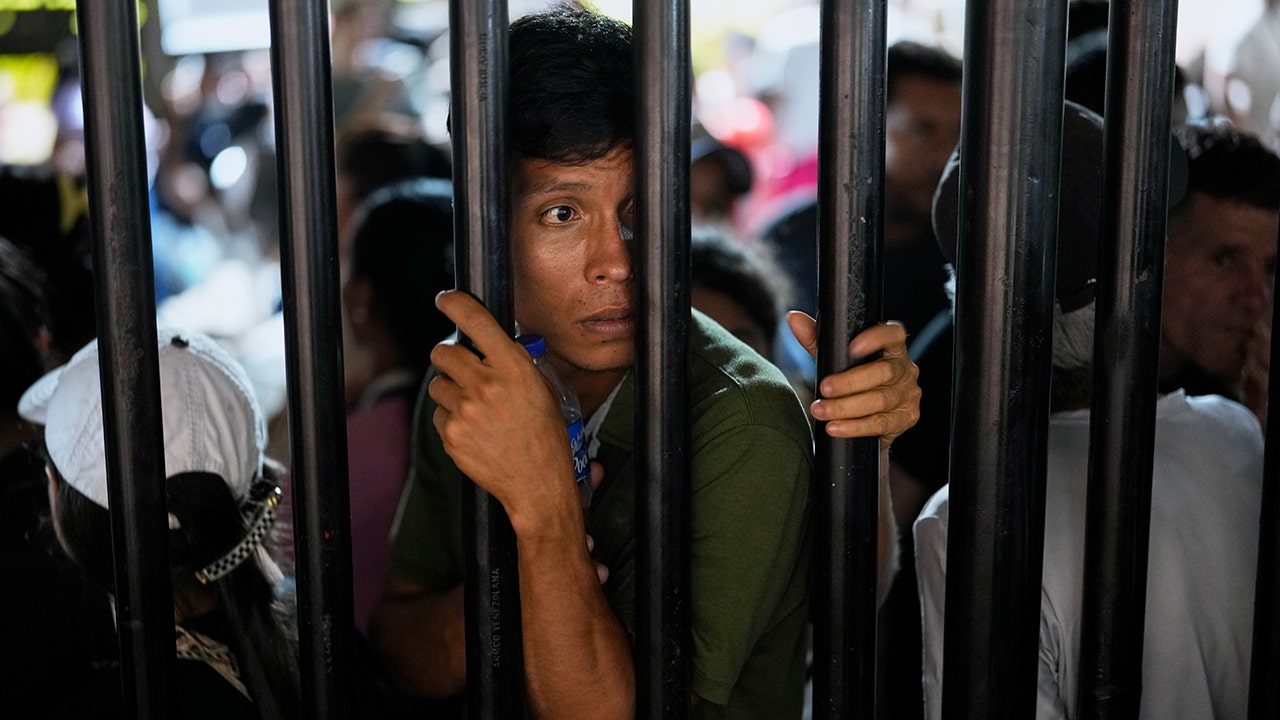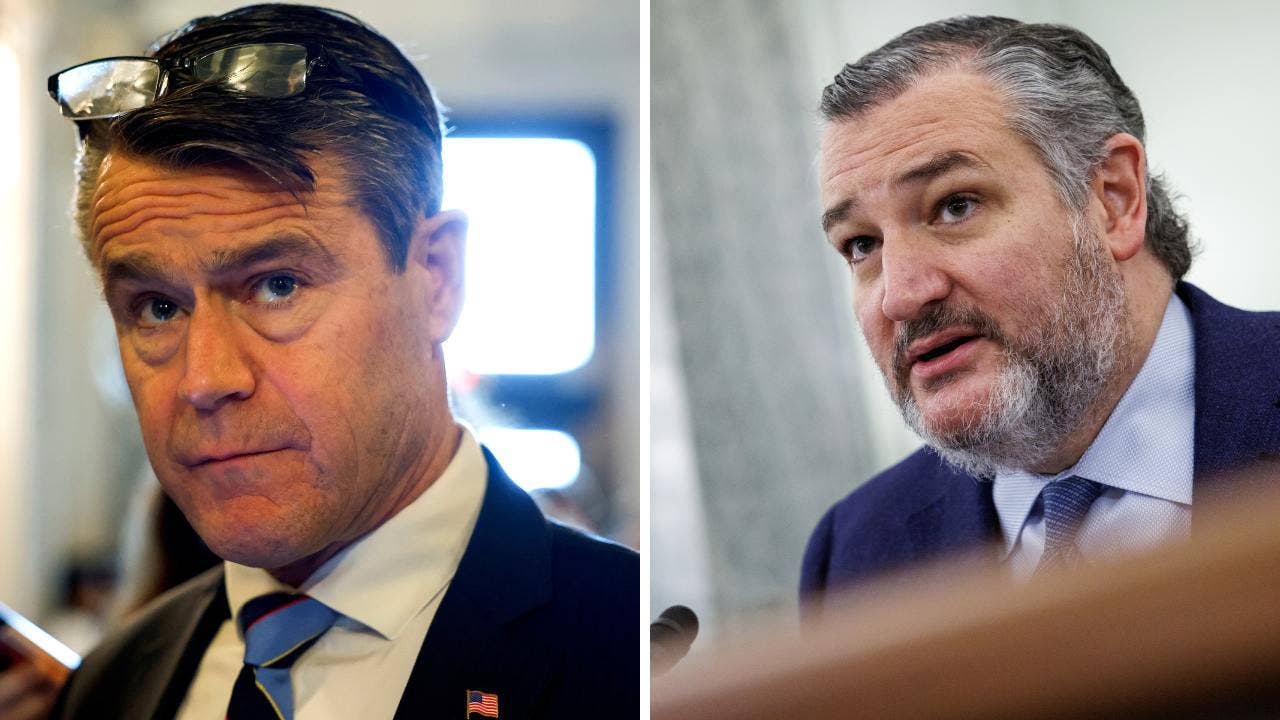The Roman Catholic Church has long been vigilant when it comes to supernatural apparitions like professed sightings of the Virgin Mary, weeping Madonnas or bleeding crucifixes. Over the centuries, it has endorsed only a small percentage of the thousands that have been claimed, in an effort to protect the faithful from charlatans, doctrinal errors or attempts to profit.
Yet the age of social media has accelerated the spread of unverified claims, leaving the Vatican fearful that such phenomena can easily spin out of hand and out of its control.
So on Friday, the Vatican unveiled new, comprehensive guidelines for evaluating visions of the Virgin Mary and other supernatural faith-based phenomena in a document that offers detailed instructions to bishops, who have been responsible for evaluating reported claims.
“The Church needs clear procedures,” states the document, whose guidelines were approved by Pope Francis this month, adding that the intention is not to deny all new claims that emerge. “The norms for proceeding in the discernment of alleged supernatural phenomena that we now present here are not intended to control or (even less) stifle the Spirit,” the document says.
Given that apparitions or other sightings are private experiences for individuals, the church does not require the faithful to accept the authenticity of such events. “The church gives the faithful the freedom to pay attention” or not, Cardinal Víctor Manuel Fernández, the head of the Vatican’s doctrine office, told a news conference on Friday.
But some of those that the Vatican has endorsed, like the 19th-century apparitions of the Virgin Mary in Lourdes, France, and those in early-20th-century Fátima, Portugal, have become hugely popular — and lucrative — pilgrimage destinations and focuses of faith.
The claims are not just from ages past. Last March, a bishop north of Rome shut down the claims of a self-proclaimed visionary who professed to receive regular messages from the Virgin Mary, via a statue known as the “Madonna of Trevignano.” For nearly nine years, hundreds of pilgrims would gather on the 3rd of each month on a hill above a lake to pray to a statue of the Virgin Mary and hear her messages.
A commission of theologians, psychologists and canonists concluded this month that it did not have a supernatural dimension. But that decision has not completely deterred the faithful from gathering in Trevignano, and Cardinal Fernández said on Friday that church would continue to monitor the situation to determine whether more drastic steps were needed.
Cardinal Fernández also said the new rules would help the church make a decision about the visions of the Virgin Mary that are said to have occurred since 1981 at Medjugorje, Bosnia-Herzegovina.
Millions of believers have found spiritual solace in Medjugorje, with dozens of reports of miraculous healings, conversions and religious callings, as pilgrims are drawn there in large numbers. But the reported apparitions have also fueled controversy, in part because of their duration and clockwork regularity.
The Vatican has commissioned two reports on the sightings but has not published the findings, and while Pope Francis has supported pilgrimages to Medjugorje, he has also expressed doubts.
“I prefer the Madonna as a mother, our mother, and not a woman who’s the head of a telegraph office who sends a message every day at a certain time,” Francis told reporters in 2017.
The norms issued on Friday replace less specific rules that were written in 1978 and made public in 2011. The new guidelines offer six possible “prudential conclusions” for church leaders investigating events of alleged supernatural origin, ranging from outright rejection to more nuanced reasonings.
Bishops investigating a possible supernatural event will now convene a commission including a theologian, a canon lawyer and an expert to “carry out a detailed examination of every aspect of the event.” The Dicastery of Congregation of the Faith, the Vatican’s doctrinal watchdog, will also weigh in on each case.
Most significant, the church will no longer issue declarations that accept the supernatural origin of a phenomenon. Instead, “after assessing the various spiritual and pastoral fruits of the event and finding no substantial negative elements in it,” the church can issue a citation that essentially says that nothing should stand in the way of allowing “the bishop to draw pastoral benefit from the spiritual phenomenon,” even promoting its spread.
“It’s complicated, but regulating the supernatural has always been complicated,” said David Murgia, an expert on apparitions and the author of books on several cases.
The document also says that taking advantage of people’s faith should be “considered of particular moral gravity,” and that if there is “a deliberate intent to bewilder and deceive others for ulterior motives,” bishops can hand down punishments. Cardinal Fernandez said that in some cases that could include excommunication.
“As always, the Vatican tries to walk a fine line between recognizing that, yes, of course there are spiritual benefits that can come from apparitions,” said John Thavis, a Vatican expert and author of “The Vatican Prophecies,” which explains how the church deals with such matters.
“But on the other hand,” he added, “we have to be very careful, because if something turns out to be false or not supernatural, then you can disappoint a lot of people and leave them wondering why the Vatican has taken so long to pronounce on an apparition.”
Giuseppe Ferrari, the secretary of an association in Bologna, Italy, that monitors socio-religious phenomena, said that cases of reported apparitions “increase constantly — some finish, some begin.” Social media is one factor in why such phenomena spread so widely, but many people also, he said, experience fragility and the need for “certainty in the afterlife.”





